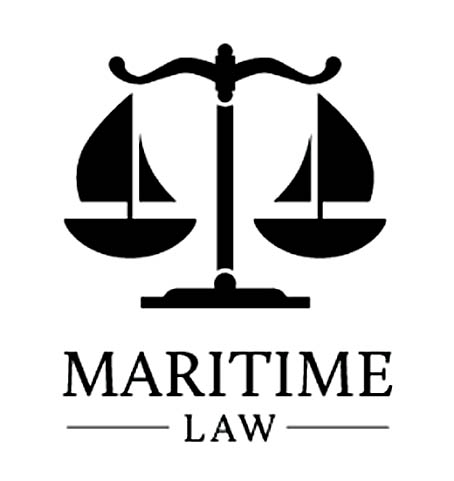On a well-equipped vessel, the trusty first aid kit is capable of dealing with many types of minor injuries or ailments. Whether it’s a remedy for seasickness or a bandage for a minor cut, such items can save the day, preventing discomfort, infection, or other risks. The voyage goes on if the mishaps are minor and don’t require urgent medical care.

But there are times when medical response of a more serious nature is required. We see it on reality shows where commercial fishermen need a medivac to go ashore for care beyond the limited resources of an 80-foot fishing vessel. And even on 900-foot cruise ships with full medical staff, features such as foredeck helipads indicate foresight on the part of ship owners and naval architects that medical emergencies beyond the capabilities of shipboard infirmaries can occur 100 miles offshore.
When a medical emergency arises on a vessel, people aren’t generally thinking in terms of the legal ramifications of their conduct – the cook thrown into the role of giving CPR, the pilot trying to keep a helicopter steady, the deckhand acting as makeshift ground crew for the helicopter, shoreside ambulance EMTs, or emergency room personnel. Everyone is working in good faith to save a life.
Despite the best of intentions on everyone’s part in such settings, legal fallout does sometimes occur. This was recently illustrated in a case heard by the Fifth Circuit Court of Appeals. Here, a Louisiana court confronted the issue of whether a vessel operator could be liable for the actions of shoreside medical response personnel. The matter involved a seaman who suffered a stroke while loading groceries aboard a docked vessel. At first, he felt fatigued and lightheaded.
A call was made to 911 and first responders arrived. The ambulance that arrived at the scene took the seaman to a local hospital, as directed by the Louisiana Emergency Response Network. Paramedics from the ambulance company suspected that the seaman was suffering a stroke. At the hospital, the staff performed a CT (CAT scan) without contrast. Physicians suspected a brain mass and transferred him to a different hospital for further treatment.
The medical expert for the seaman’s legal team argued that a CT with contrast could have helped diagnose the stroke. Because the stroke was not immediately detected by the hospital, the seaman had not been given something called a tissue plasminogen activator. This is a medication that might have improved post-stroke recovery had it been administered within three hours. By the time the stroke was identified, it was too late. The tissue plasminogen activator would not have been effective. The seaman became permanently disabled as a result of the stroke.
When the case reached federal court, the seaman’s legal team put forth the argument that the company had not provided a seaworthy vessel. Additionally, it was argued that the company breached its duty to provide prompt and adequate medical care. The argument there was that a ship owner had a nondelegable duty to provide prompt and adequate medical care to its seamen. De Zon v. Am. President Lines, 318 U.S. 660 (1943)
In response to these legal theories, the vessel owners filed a motion for summary judgment. That means they made a request to the court to find that there was no material issue of fact at hand or essentially nothing to be argued in court. The court ruled for the vessel’s interests.
The other argument raised by the seaman’s legal team was that the vessel owner was vicariously liable for the hospital physician’s alleged medical malpractice. This was based on case law holding a ship owner liable “for the injuries negligently inflicted on its employees by its officers, agents, or employees.” Hopson v. Texaco, Inc., 383 U.S. 262 (1966). The court ruled in favor of the vessel’s interests here.
In ruling for the vessel owner, the court pointed out that they weren’t the ones who selected the hospital. Additionally, the court noted that the vessel owner did not know how events would evolve after the ambulance took the seaman away. The lawsuit and the court’s analysis show that such settings can be complex in terms of the level of medical and legal analysis involved.
Ref: Randle (Plaintiff-Appellant) v. Crosby Tugs, LLC (Defendant-Appellee) Action No. No. 17-30963, United States Court of Appeals for the Fifth Circuit, Appeal from the United States District Court for the Eastern District of Louisiana.
